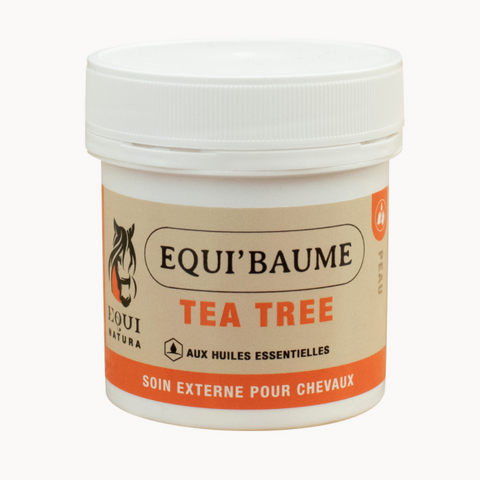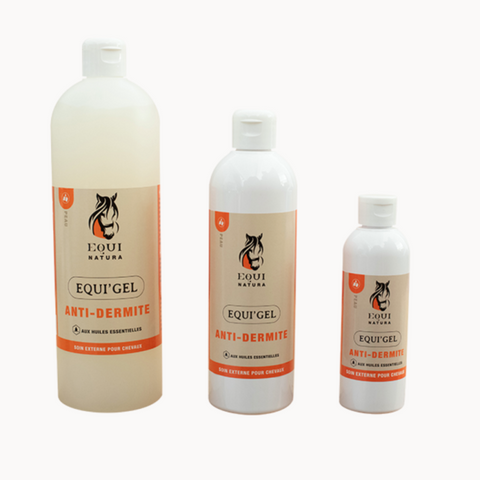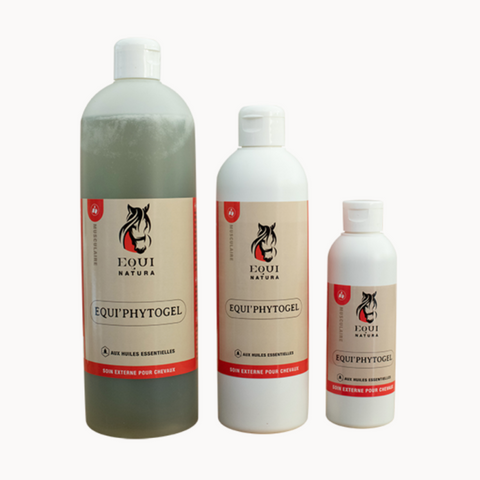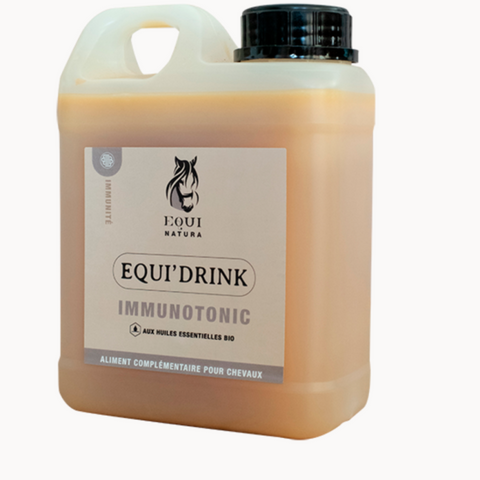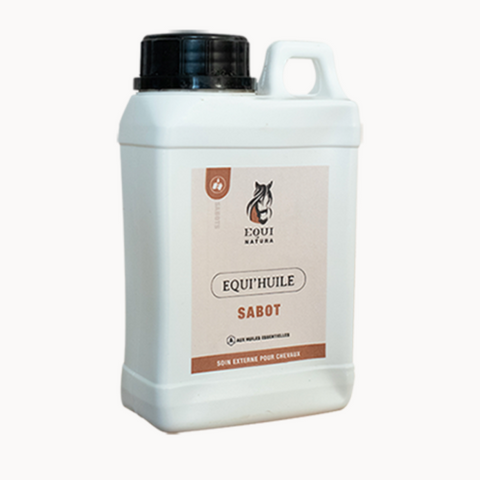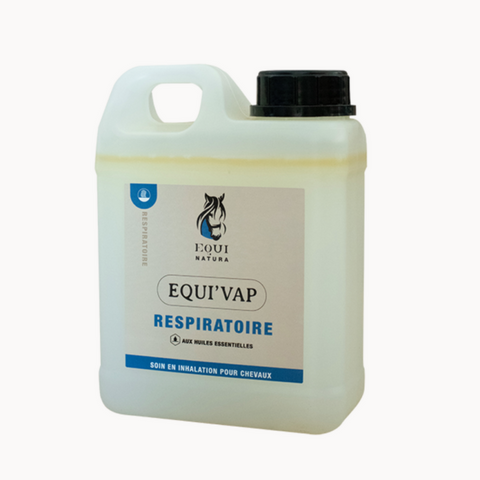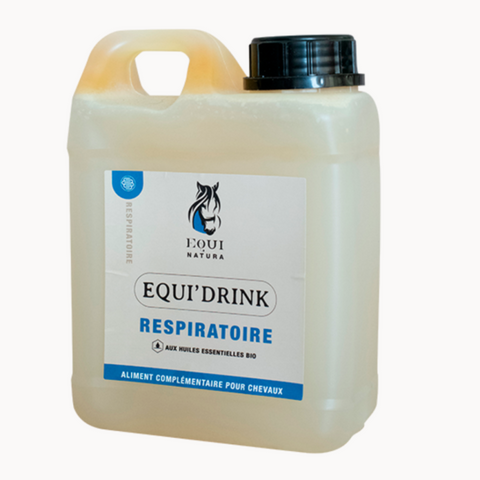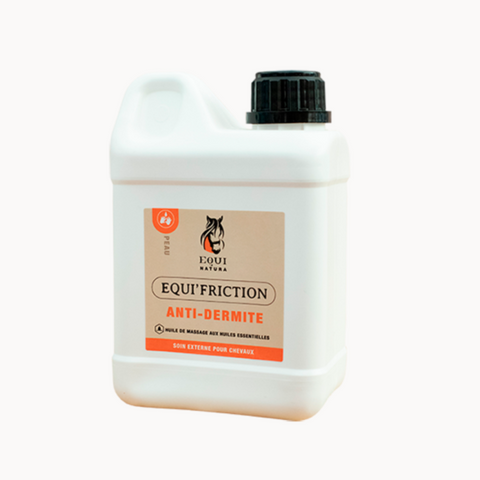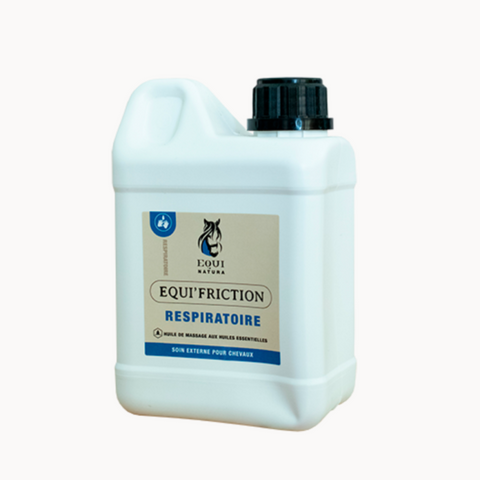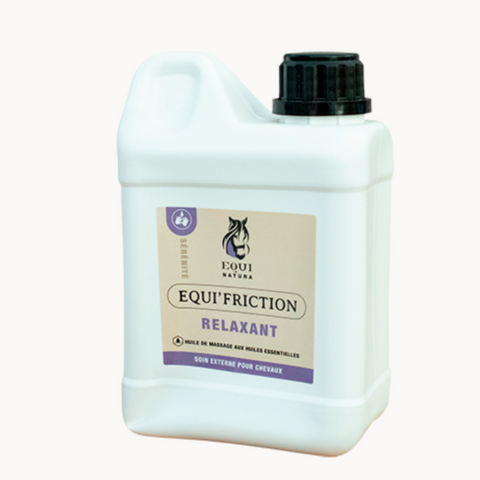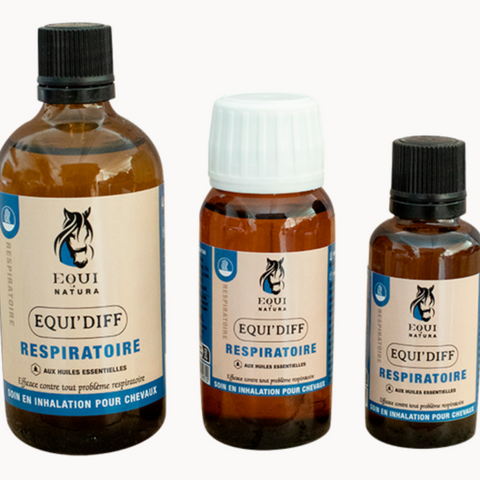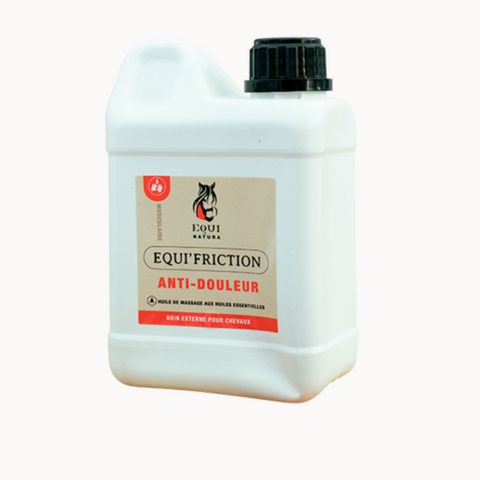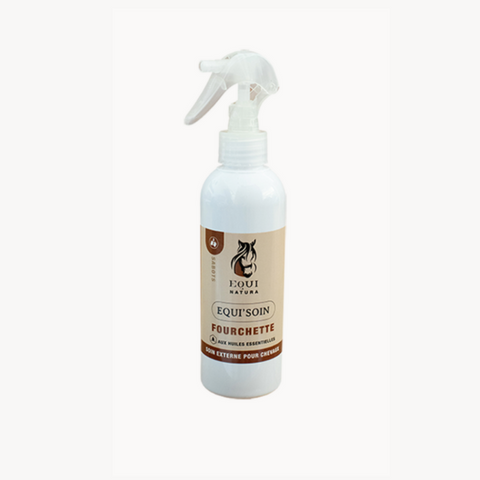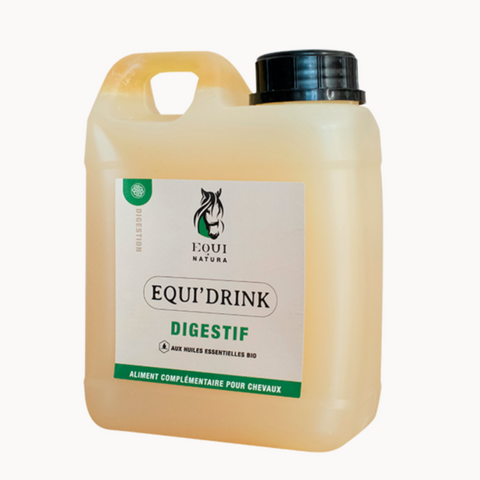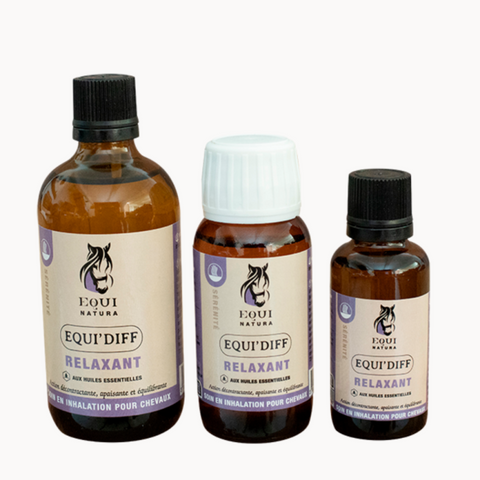Additional information on essential oils
What are essential oils?
Essential oils are natural complexes of volatile and odorous molecules , synthesized using solar energy, by the secreting cells of aromatic plants which they keep in pockets, in the leaves and petals in particular.
Unlike the raw materials used in herbal medicine, essential oils are much more concentrated, around 70 times more than the plant itself. For example: to obtain 1 kg of oil, you need 160 kg of lavender, 1000 kg of jasmine and even 5000 kg of rose petals! Extraction is most often done by distillation or cold pressing.
Only wild plants or plants from organic farming, preferably cultivated in their countries of origin, provide oils of excellent quality, suitable for treatments.
The use of essential oils has been around for a long time. The Egyptians, 5000 years ago, were already using them. In recent decades, the riches of aromatherapy have been discovered, particularly in France, Italy and the United Kingdom. It is above all the side effects, sometimes negative, of chemical medicines which have helped the return of the use of natural medicines. The French chemist René-Maurice Gattefossé is considered the father of modern aromatherapy. It was he who coined the word aromatherapy and he used it as the title for his book 'Aromatherapy', published in 1928. Then it was the French doctor Jean Valnet, very impressed by René-Maurice Gattefossé's book. , who wrote 'Aromatherapy, treatment of illnesses with plant essences'. This book, published in 1964, was of great importance for the development of the use of essential oils.
Essential oils can combine multiple properties: antiseptic, detoxifying, tonic and expectorant actions, for example. They penetrate the skin very well: after only 20 to 70 minutes, traces of them can already be found in the urine.
Use of essential oils:
Essential oils can be used in inhalation, massage or orally. You will find further explanations below. In most cases, aromatherapy can be used in combination with homeopathic treatment as it often enhances the effect of this treatment.
Always scrupulously follow the indicated dosage!
Diffusion - inhalation: Equi' diff
By inhaling essential oils, the respiratory tract will be disinfected by the antibacterial effect of the oil. At the same time, this oil will be absorbed through the lungs into the blood and can thus act on the entire body.
Principle of diffusing essential oils: use a Diffuser .
Massage: Equi' frictions
You can massage the skin by mixing the essential oil with base oils (“a vehicle”) such as Jojoba and Safflower oil. The oil will be immediately diffused, despite the hair, through the skin by the blood circulation. Jojoba oil, extracted from the nut of a plant living in the deserts of the United States and Mexico, constitutes one of the best “vehicles”. In addition, Jojoba oil prevents the essential oil from volatilizing. Only a few drops of oil are enough for a massage. By massaging the skin and chest, the horse can also benefit from the benefits of the oil by inhalation in a more beneficial way than by rubbing the halter with oil. In addition, body heat will improve the effect.
Orally: Equi' drinks
It is very important to be aware of the high concentration of an essential oil and, therefore, the small amount to use.
Equi'drink beverages are perfectly suited to internal use, the essential oil will reach the stomach in a dispersed form. Oral administration will be used in particular in cases of imbalance in the organ systems, such as digestive, pulmonary disorders, etc.
More than 150 essential oils are listed, which already offers a lot of possibilities. We have chosen a number of them, which respond very well to use for animals. The formulas of our products were developed on our land in cooperation with our horses.

